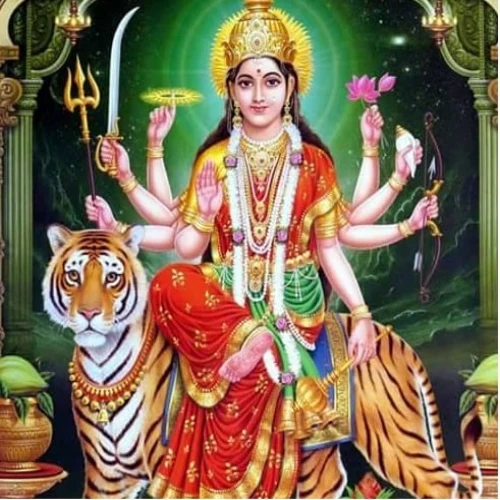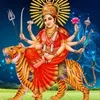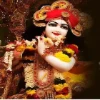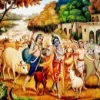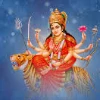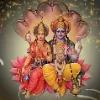Navratri is a major Hindu festival celebrated to worship and meditate upon nine forms of Goddess Durga. The festival falls twice a year:
Chaitra Navratri (March-April)
Sharadiya Navratri (September-October).
Sharadiya Navratri is considered to be the most important, which is celebrated for nine days from Pratipada to Navami of Shukla Paksha in the month of Ashwin. Nine forms of Goddess Durga are worshipped during these days, which are as follows:
- Shailaputri
- Brahmacharini
- Chandraghanta
- Kushmanda
- Skandamata
- Katyayani
- Kaalratri
- Mahagauri
- Siddhidatri
Navratri fasting method
Fasting during Navratri is considered auspicious. This nine-day fast is a symbol of strength, restraint, and devotion. The fasting method is as follows: Before starting the fast: Sankalp: Before starting the Navratri fast, take a pledge of purity and resolve to worship Goddess Durga. Bath: Take a bath in the morning and wear clean clothes. Kalash Sthapana: Install the Kalash at the place of worship in the house. This is an important part of the nine-day fast. Fill the Kalash with water, place coconut and mango leaves on it and place it at the place of worship.Rules of fasting
- The person observing the fast should consume only fruit or satvik food. Such as fruits, milk, buckwheat flour, water chestnut flour, and sago etc.
- Avoid onion, garlic and tamasic food.
- Perform worship, aarti, and chant mantras of Maa Durga every day.
- While observing the fast, remain restrained and calm, spend the day with devotion.
- Conclude the fast by performing Kanya Pujan on Navami or Ashtami. On this day, feed nine girls and seek their blessings.
Navratri Katha
The story of Navratri is associated with the war between Mahishasura and Goddess Durga. Mahishasura was a demon who pleased Brahma ji with his penance and received the boon of being invincible. He started torturing the gods and the people of the earth. Troubled by his terror, the gods sought help from Lord Vishnu and Lord Shiva. Then the Tridevas manifested Goddess Durga with their power. A fierce battle took place between Mahishasura and Goddess Durga for nine days. Ultimately, on the tenth day of Navratri, which is known as Vijayadashami, Goddess Durga killed Mahishasura and established Dharma. Through this story, the message was given that truth triumphs and untruth is destroyed.Worship material:
- Statue or picture of Maa Durga
- Kalash, coconut, mango leaves
- Incense, lamp, camphor
- Flowers, roli, kumkum, rice
- Ganga water, milk, honey, ghee, sugar (panchamrit)
- Fruits, sweets, prasad
Worship method:
- Cleaning the place of worship:First of all clean the place of worship and keep the worship material organized.
- Kalash installation: Install the Kalash at the place of worship. Fill it with water and keep mango leaves and coconut.
- Invocation of Maa Durga: Invoke the Goddess by reciting Durga Saptashati, Durga Chalisa or the mantras of the Goddess.
- Lighting the lamp: Light a lamp in front of the Goddess and show incense.
- Aarti and Prasad: Perform the Aarti of the Goddess, offer flowers and distribute the Prasad.
- Kanya Pujan: On the Ashtami or Navami day of Navratri, Kanya Pujan has special significance. Feed nine girls and receive gifts and blessings from them.
Special days of Navratri:
- Ashtami: Mahagauri is worshipped on Ashtami and Durga Ashtami has special significance on this day.
- Navami: On Navami, Siddhidatri is worshipped and the fast ends with Kanya Pujan.
Upcoming Navratri Begins dates
- 11 October 2026, Sunday
